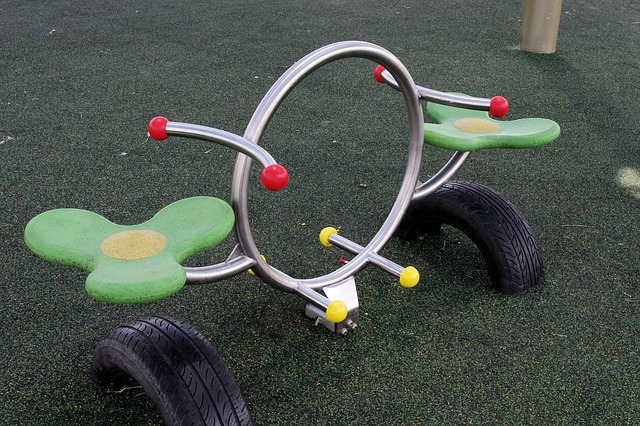Popular Posts
You hear a lot of obscure terms in the investing business, too many of them math-related for sure. But one key idea that far too many gloss over is “portfolio.”
It sounds pretty complicated, but it’s not that hard to grasp. A portfolio is just a collection of investments. They are typically chosen at the same time with the purpose of providing the investor a range of asset classes.
This is not the same thing as diversification, which is owning a lot of investments in each asset class. An index fund with 500 stocks inside of it could be said to be diversified, but it’s not a portfolio.

After all, the entire fund is made up of one investment type — stocks. Now, stocks are great. You need them in your retirement plan to give you enough of a return to overcome inflation.
The problem with stocks is that sometimes they go down. That’s not a bad thing, generally. You get to buy more of them while they are “on sale.” But the ideal is to invest in a portfolio to balance out the ups and downs of the stock portion.
Traditionally, that means owning bonds. But a well-designed portfolio holds real estate, too, and commodities and foreign stocks and bonds.
As the market see-saws up and down, many times these other asset classes move in the opposite direction. That is, stocks go down but bonds go up. As U.S. equities dip, foreign shares enjoy a moment in the sun.
Often, different asset classes move contrary to one another. That’s a golden opportunity to rebalance. You don’t sell all of your stocks just because they are down. In fact, you don’t sell any.
Instead, you look for the asset class that has gone up and sell off a portion of that. Then you use that incoming cash to buy stocks while they are cheap.
A year later or so, you might find that the opposite is going on. Now bonds have slipped but stocks are riding high.
That’s right, you sell off some of the stocks and buy bonds. They’re on sale, after all.
In the end, the ultimate goal is to have a collection of stocks, bonds and other investments that gives you a stock-like performance without the stock-like volatility. Your portfolio return should even out to a regular, clockwork gain.
That way, the compounding effect kicks in and you get the best of both worlds: A strong, secure retirement from solid investments without the nail-biting stress of watching a collection of stocks get whipped around in a market downturn.